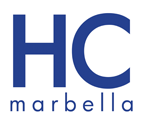Dr. Morales Pinto, Stalin Fabricio
Especialista en Urología

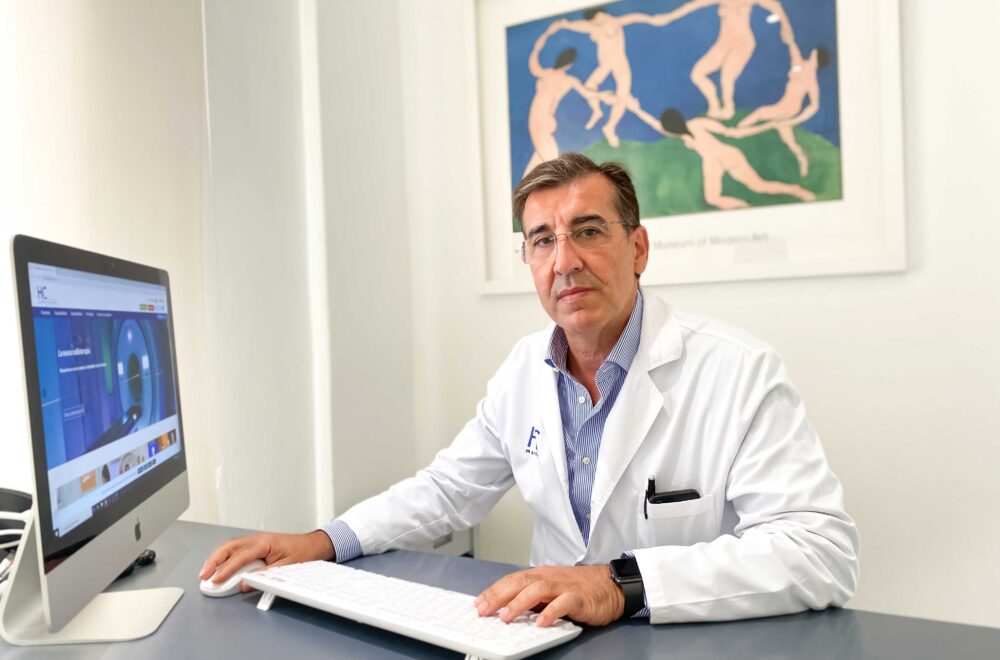
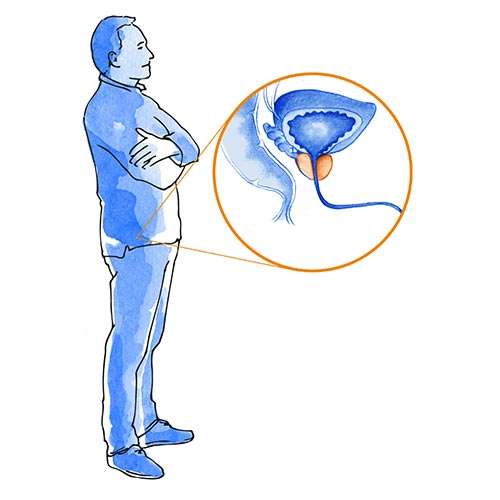
Benign prostatic hyperplasia is non-cancerous enlargement of the prostate gland.
It is the most common urological condition in men. According to the European Urology Association, it affects 50% of men aged 50, and 80% of those aged 80.
The growth of the prostate obstructs the urethra causing urinary symptoms that can disturb sleep, lead to incontinence and decrease patients’ quality of life.
Monitoring of prostate health is essential from the age of 50, through an annual check-up with the urologist, who will monitor growth of the prostate and can propose treatment if necessary.
HC Marbella offers specialist treatments for benign prostatic hyperplasia. Our team of urologists offer expert evaluation and personalised treatment to alleviate symptoms and restore patients’ well-being.
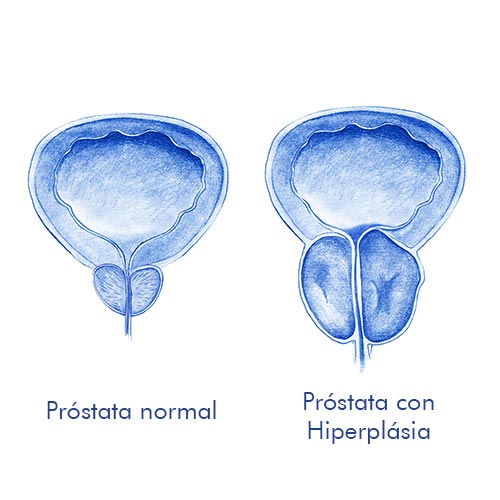
The prostate is a gland responsible for producing part of the seminal fluid. It is located at the base of the bladder and surrounds the first part of the urethra, the tube through which urine flows out of the bladder.
In BPH the prostate gland is continuously growing. This enlargement is largely due to the local action of the hormone dihydrotestosterone. As the gland grows, it can block the urethra, restricting the flow of urine and causing urinary problems.
The symptoms it produces are related to urination and are associated with depression and sleep disturbances. Sometimes they significantly limit the patient’s daily activities and quality of life.
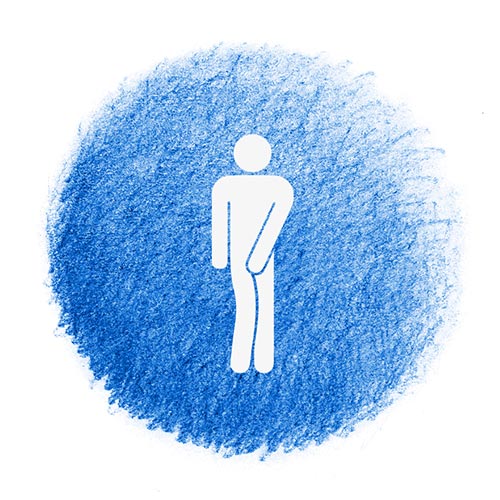
1. Filling symptoms
2. Voiding symptoms
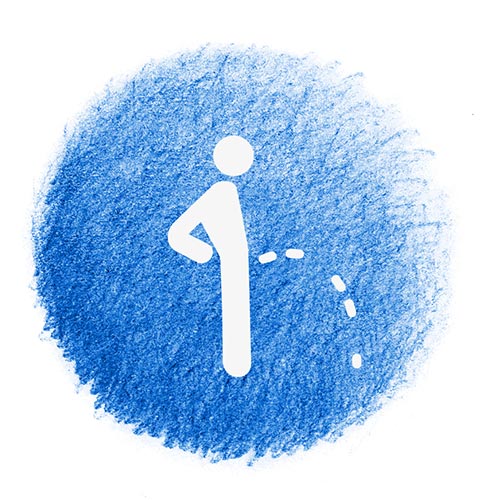
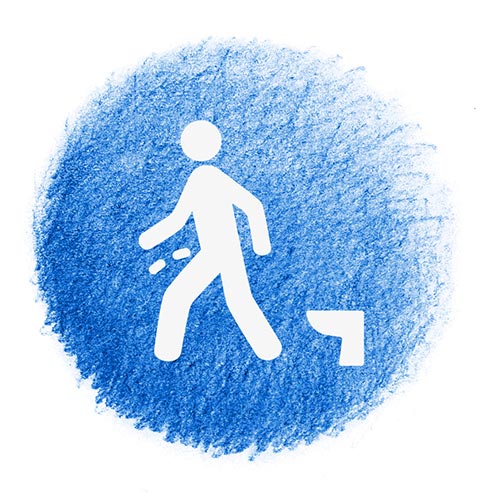
3. Postmictional symptoms
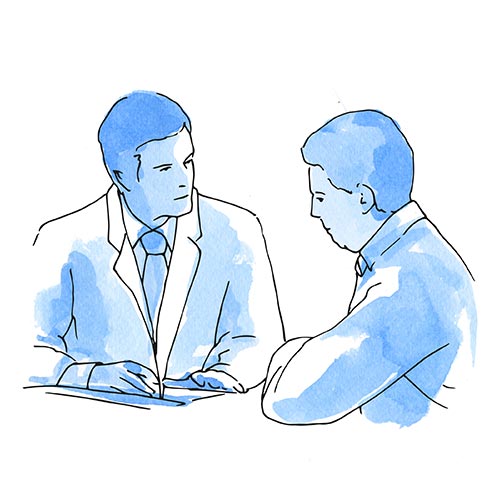
Clinical History
The specialist will ask about the patient’s health, previous conditions and symptoms. Patients may also be asked to take an IPSS (International Prostatic Symptom Score) questionnaire to verify how symptoms affect their quality of life.
Physical examination
The specialist will examine the abdomen and genitals, and perform a rectal examination to assess the size of the prostate and the prostate surface and its consistency.
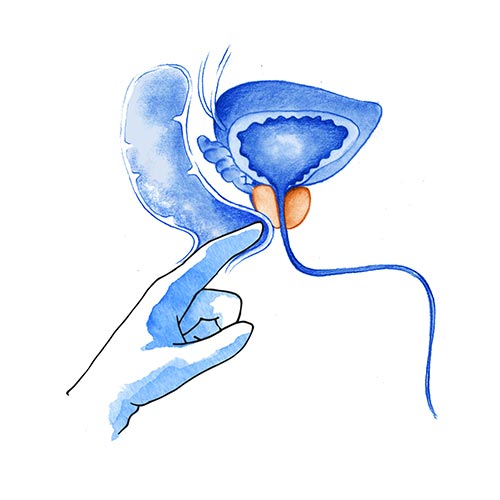
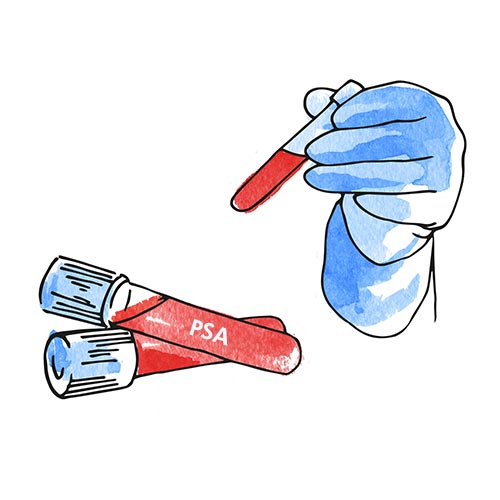
Blood tests
Creatinine and glomerular filtration are analysed to assess renal function and to rule out renal failure as a complication.
PSA, the prostate tissue marker, is checked as it can predict the risk of progression and complications such as acute urinary retention and the need for surgery.
Urinalysis
Urinalysis allows us to rule out urine infection or the presence of blood in the urine (haematuria) as the symptoms can be similar.
Bladder Diary.
This is useful in patients with nocturia and to establish dietary-hygiene recommendations. It must be completed for at least 3 days. It records the time and volume of each urination and additional information such as fluid intake, use of absorbent pads, activities performed …
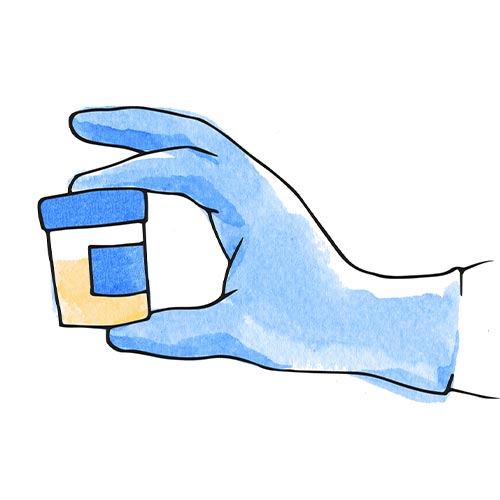
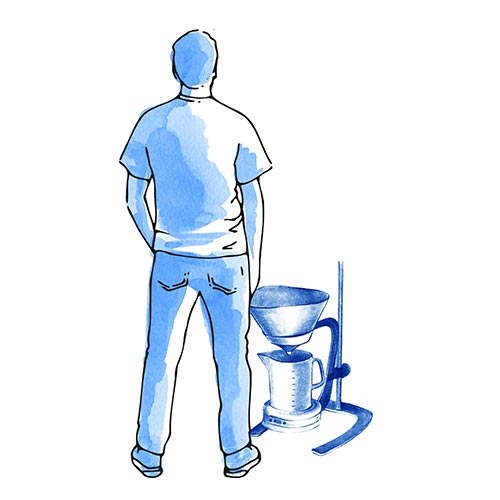
Uroflowmetry
This is a non-invasive urodynamic test that assesses peak urinary flow. A flow greater than 15 ml/s is considered normal.
Post-void residual
This measures the amount of urine left in the bladder after urinating and is assessed after uroflowmetry using an abdominal ultrasound. A residual amount of over 20-30% of the volume passed is abnormal. In addition, it can identify patients for whom medical treatment has not been effective and who are therefore candidates for surgery.
HC Marbella’s urology service offers personalised solutions, the team is highly experienced in the treatment of Benign Prostatic Hyperplasia.
The treatment to be given is decided together with the patient, depending on the severity of the symptoms. Most patients who remain untreated have worsening symptoms, with a deterioration in quality of life over time.
Treatment is started when symptoms become irritating or when the risk of progression is high (for example, a prostate with a volume greater than 40 ml).
There are three steps to controlling this condition: lifestyle changes, medical treatment and surgical treatment.
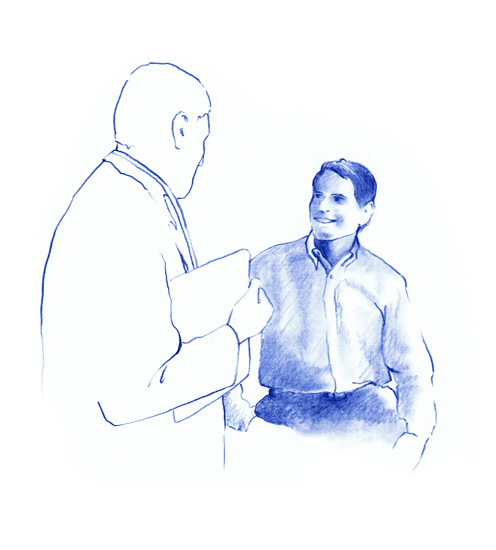
Active surveillance
When symptoms are mild and do not impair the patient’s quality of life, the urologist may recommend a period of active surveillance. Tests are performed periodically to check that the disease is not progressing.
Lifestyle Changes
When symptoms are at an initial stage, the urologist may recommend lifestyle changes to help you control your symptoms and prevent them from deteriorating.
Drug treatment
This is indicated when symptoms are moderate or severe and affect the patient’s quality of life. Depending on each patient, the specialist may prescribe:
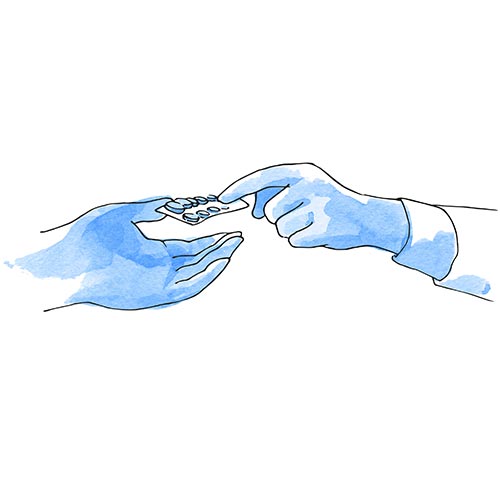
¿When is surgery indicated?
What types of surgery are available for benign prostatic hyperplasia?
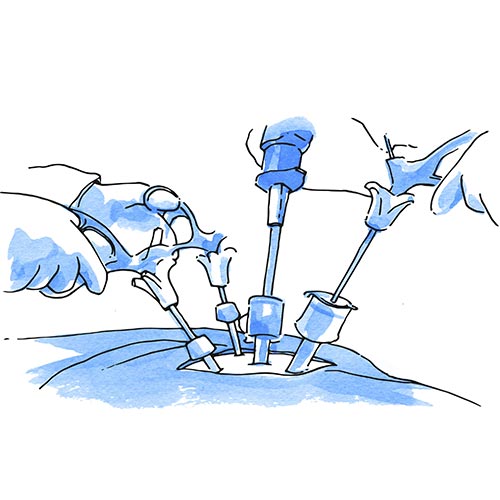
Open or laparoscopic prostatectomy
This is indicated when the prostate is very large or there is any associated condition (stones, diverticula…) which can be treated during the same operation.
Transurethral resection of the prostate (TURP))
This is performed by inserting a cystoscope through the urethra until it reaches the prostate, removing everything except for the outside of the prostate.
Symptoms are quickly relieved after the operation and the flow of urine increases significantly.
This technique is usually limited to prostates of up to 80 cc in volume.
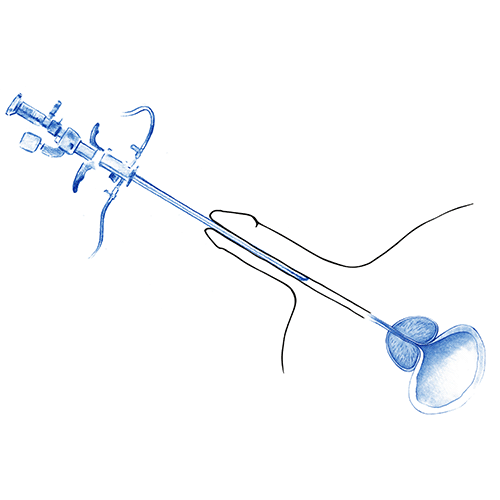
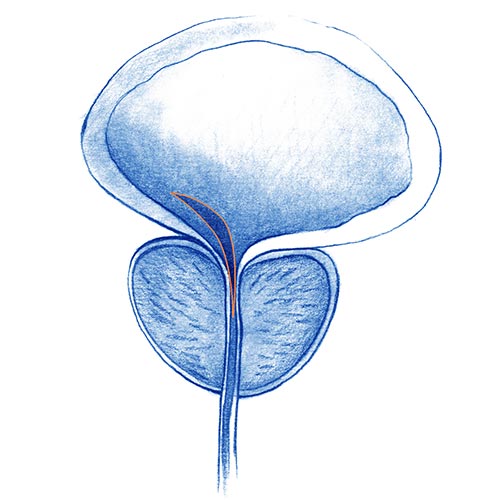
Transurethral incision of the prostate (TUIP)
Small cuts are made to facilitate the passage of urine, using a cystoscope inserted into the urethra.
It is indicated in small prostates (30 cc) or in at-risk patients who cannot undergo more invasive surgery
High-power laser enucleation of the prostate
This is the reference technique for treatment of benign prostatic hyperplasia and has proven its long-term effectiveness.
The excess prostate tissue (hyperplastic area) is separated using a high-power laser, leaving the capsule intact.
The removed remains are deposited in the bladder and extracted with a morcellator, a device that slices and aspirates the tissue, allowing samples to be obtained for pathological analysis.
It enables removal of the entire adenoma, regardless of the size of the prostate.
It is a minimally invasive technique, bleeding is minimal and recovery is quick.
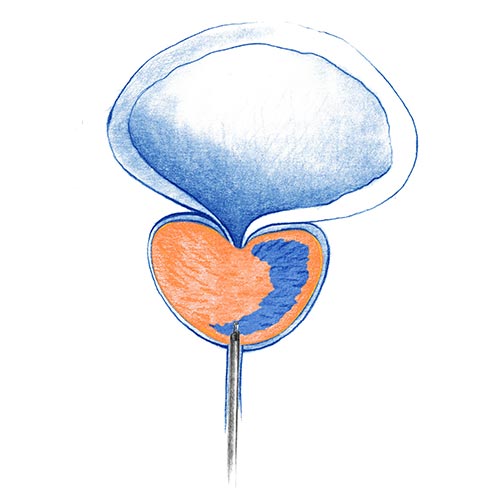
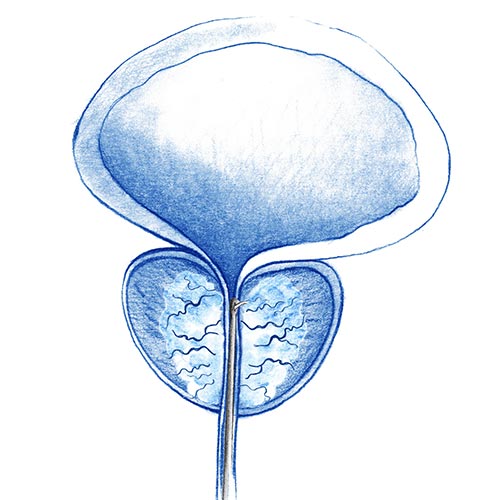
Photoselective vaporisation of the prostate (PVP)
This is performed using a laser that produces vaporisation of the prostate tissue, releasing the obstruction. This technique does not allow any tissue to be obtained for pathological analysis
Rezum
This is performed by injecting water vapour into the prostate tissue causing the blockage. It is performed via the urethra. This technique does not allow tissue to be obtained for pathological analysis.
BPH is not a malignant process and does not increase the risk of prostate cancer.
BPH is not a malignant process and does not increase the risk of prostate cancer.
The appearance of any of these complications is an absolute indication for surgical treatment.
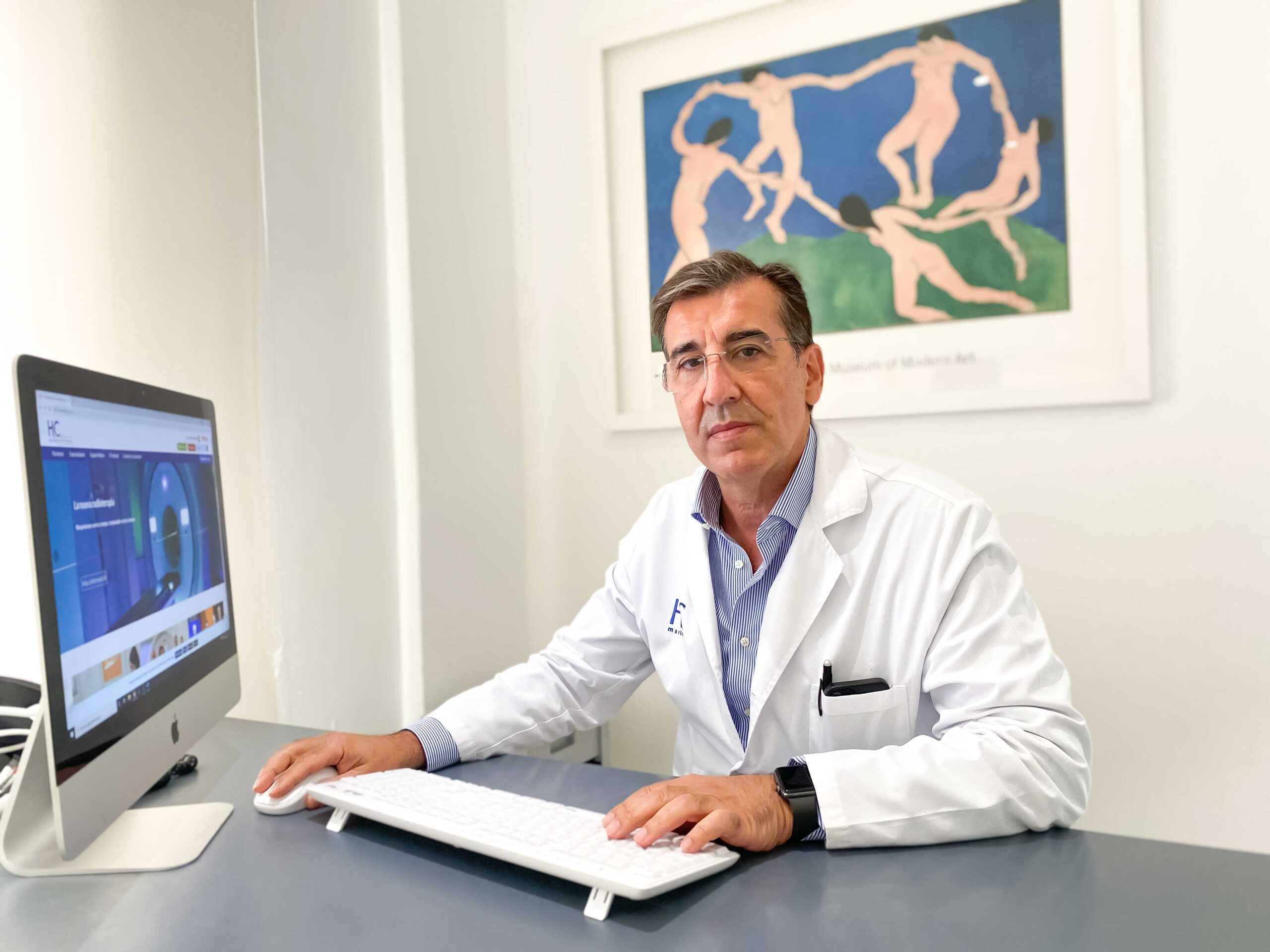
Innovación técnologica al servicio de la salud
Equipo multidisciplinar experto
Las mejores opciones terapéuticas posibles, tratamientos personalizados.
Un trato humano de excelencia.
Rapidez en el diagnóstico y tratamiento.
Home » Specialties of HC Marbella » Urología » Hiperplasia benigna de Próstata HBP
Dr. Morales Pinto, Stalin Fabricio
Especialista en Urología
Dr. Antuña Calle, Francisco Manuel
Especialista en Urología
Dr. Fernández Montero, José Manuel
Especialista en Urología
Dr. Hughes, Paul
Especialista en Urología
Dr. Rivera Sánchez, Ernesto
HC Marbella Radiology Specialist
Dr. Arrazola, Tomás
Especialista en Farmacia Hospitalaria
Especializado en terapia contra el cáncer, certificado por la Sociedad Americana de Farmacéuticos de Hospital
Dr. Villatoro Roldán, Rosa Mª
Specialist in Medical Oncology
Dr. Sedano Ferreras, Paula
Radiotherapy Oncology Specialist
Dr. García Baltar, José Antonio
Especialista en Radiofísica Hospitalaria
Sorry, this entry is only available in Español.
La importancia del chequeo urológico en los hombres, por el Dr. Stalin Morales
Sorry, this entry is only available in Español.
Tel.: +34 952 908 628
+34 609 148 799
952908898 Oncology
951829978 Diagnosis by imaging
951829947 Gynecology
952908897 Fertility
951829947 Physiotherapy
